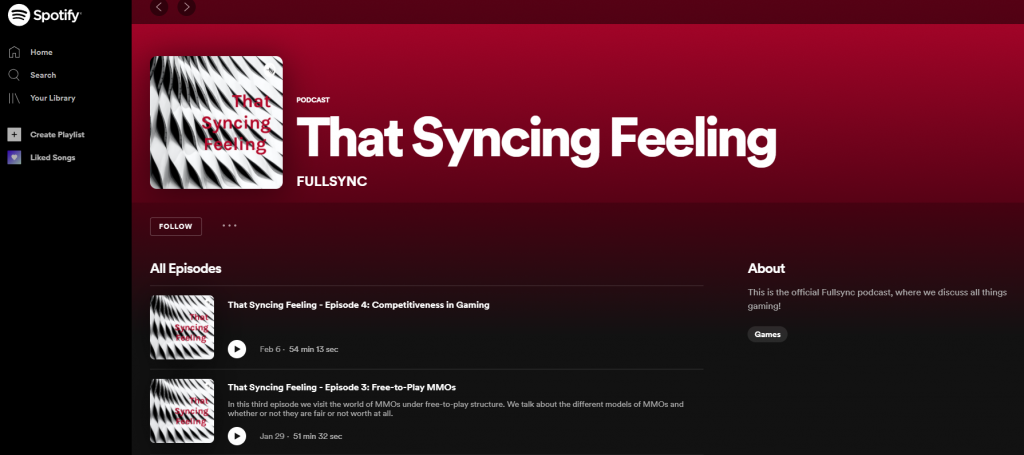Modern entertainment is incredible. We have so many choices available to us, with a huge range of options no matter your preference. The industry has always moved with the latest technological advancements, whether they be increases in broadband speed, media storage capability, or the visual fidelity of our screens.
Right now, you can enjoy the latest movies in 4K definition, either streamed at lightning speeds from your provider of choice or straight from a blu ray disc that stores unprecedented amounts of data. And all this technology is accessible to the average consumer – you no longer need to spend thousands to enjoy home entertainment in high fidelity.
But how did we get to this point? What were the biggest innovations in home entertainment that brought us here? We’ve listed some of the most important technological advancements in the entertainment industry right here.
MP3 – Revolutionising portable audio for the masses
Doubtlessly one of the entertainment industry’s biggest game-changers was the humble MP3, a file format that would go on to change the face of the music industry as we know it. It’s still to this day the most trusted file format if you’re looking for music on the internet, with many people choosing it over higher quality options like FLAC and WAV files when given the choice.
Before the advent of the internet, we’d have to carry around personal tape machines or CD players to listen to music on the go. This meant carrying around a wallet of CDs and an extra device if you wanted to take your tunes with you. The MP3 changed everything, storing music in small files with reliable audio quality.
There’s another thing the MP3 would change forever, too, and that was file sharing. Yes, services like Kazaa, Napster and LimeWire would eventually change laws around the world and shape the way we consume music. Services like Spotify came about in order to provide the same service – unlimited music streaming – in a legally clear way. You can check out a great timeline of all this in this entertainment trends video from CTM:
The jump from standard definition to high definition
These days, it can be slightly harder to notice the jump in quality from, say, HD to 4K. The improvement is fantastic but very subtle. As a long time PC gamer, I noticed the jump from 30 to 60FPS far more than the increase to 1440p last time I upgraded my rig.
The first display capable of outputting a 1080p resolution debuted in 2006. This would go on to become the new standard for home entertainment, eventually allowing your average movie consumer to watch videos in HD thanks to the Blu-ray format.
Netflix and the rise of streaming services
Netflix has gone on to inspire a titanic amount of streaming services, unintentionally creating the very problem it was born to solve – as various media entities across the world launched competitors, Netflix had to shift its focus and start creating original content to stand apart from the crowd.
Due to the pandemic last year, Netflix experienced a boom in subscriber numbers – peaking at over 200 million members worldwide. They achieved $25 billion in revenue, which is no small feat considering the massive amount of competition they have now. With the most obviously dangerous competitor Disney+ cranking out amazing original content too, these next few years could be very interesting for the industry.
Streaming services have basically made home movie collections a thing of the past. In decades to come, they might become an entire niche form of watching entertainment.
Podcasts
While podcasts haven’t made as dramatic an impact as most people might think, they have carved out an incredible space for themselves in the media realm.
Since 2013, the podcast industry has been steadily expanding. Recent studies show that most podcast listeners are actually coming over from listening to traditional AM/FM radio (in America, at least).
Podcasting has revolutionised the format, in all honesty. Audio storytelling podcasts like Welcome To Night Vale have become massive sensations. If you have an interest, chances are someone’s already made an incredibly specialised podcast series about it for your entertainment.
There’s no point listening to the radio anymore when you can listen to both the music and the audio personalities you like both through Spotify – with only a few MeUndies ads to wade through in the process.

From VHS to 4k and beyond – the evolution of home media storage
To understand the massive leaps home media has taken, you only have to look at the amount of storage each format has available. A three hour VHS tape could hold up to two gigabytes of information. DVDs could hold up to 4.7GB on a single-layer disc, with more storage possible on double layers (obviously).
Blu-ray is the standard now, and a single layer Blu-ray disc can store up to 25GB of information. That’s already five times your standard DVD. Double layer blu-rays have a capacity of 50GB, and the format is future-proofed too. If the time comes they ever need to go beyond 50GB, they can simply add more layers!
Just for a bit of perspective – if you were to stream a two hour 4K movie, you’d use about 14GB worth of data. So we’re not closing in on those limits just yet!
In conclusion, we’ve seen some massive jumps and shifts in the home entertainment industry in the last couple of decades. Chances are, we’re going to see plenty more, with an even higher 8K resolution on the horizon and VR/AR becoming more and more commonplace. No matter what you’re into, the future is very exciting. As long as you ignore all the COVID and climate change stuff.
For more opinion pieces like this, click right HERE.